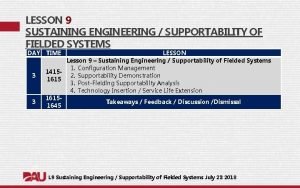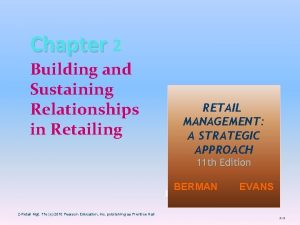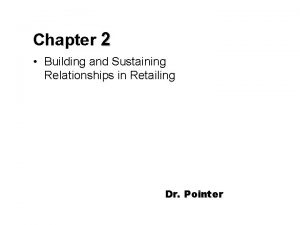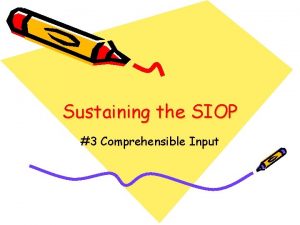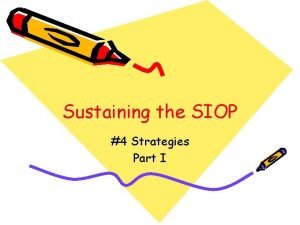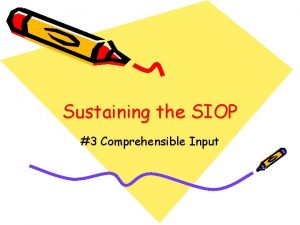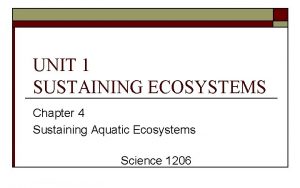Sustaining Leadership Development SUMMIT ON SCHOOL LEADERSHIP PREPARATION








- Slides: 8

Sustaining Leadership Development SUMMIT ON SCHOOL LEADERSHIP PREPARATION AND DEVELOPMENT IN LARGE DISTRICTS APRIL 26, 2018

Why? • Leadership matters. • School leaders account for 25 percent of a school's impact on student learning. • Researchers have not found a case of a struggling school that turned around without a powerful leader. • Principal churn or retention issues are problematic. • Effectiveness of leadership preparation programs is not pervasive. • Other: retirements, growth, …

What is sustainability? 1. The ability to be sustained, supported, upheld, or confirmed. 2. A requirement to manage a resource base such that the average quality of life that we ensure ourselves can potentially be shared by all future generations.

The Wallace Foundation says: q From the beginning of an initiative (or program) and throughout its life, scale and sustainability are key aspects. q Even if you succeed at your change goal, it means little if the resulting program does not spread or live on after the initial success. q Sustainability involves the long-term staying power of a program. q Sustainability involves changes in people’s behaviors.

Before you can sustain, you must have: 1. Evidence of effectiveness or research-based design to gain support 2. Evidence of high quality 3. Fidelity to the core elements while being flexible and adapting to stakeholder needs

Factors that contribute to sustainability: 1. 2. 3. 4. 5. Hard funds (non-grant) Partnership(s) Work embedded in the culture Evidence of a “champion” for the work Processes, policies, or procedures in place

Implications: 1. Planning for sustainability should start at the beginning of a project. 2. Grant funds may conceive the effort but hard or stable dollars sustain it. 3. Partnerships and learning communities are useful to advance and sustain projects/programs. 4. Develop strategies to address personnel changes

The Wallace Foundation says: To ensure that a program is truly “in the water supply, ” attitudes and behaviors need to change. The goal is to convert “best practice” into “common practice. ”
 Ge aviation female diversity recruitment leadership summit
Ge aviation female diversity recruitment leadership summit Summit land development
Summit land development Sustaining engineering definition
Sustaining engineering definition Environmental science sustaining your world answers
Environmental science sustaining your world answers Building and sustaining relationships in retailing pdf
Building and sustaining relationships in retailing pdf Building and sustaining relationships in retailing pdf
Building and sustaining relationships in retailing pdf Porters 3 generic strategy
Porters 3 generic strategy Building and sustaining relationships in retailing
Building and sustaining relationships in retailing How can you mobilize and sustain commitment
How can you mobilize and sustain commitment


